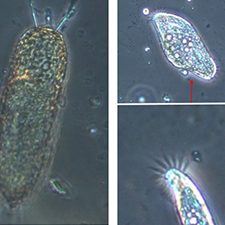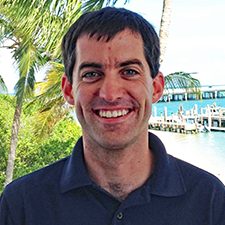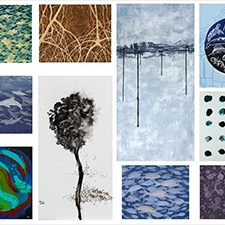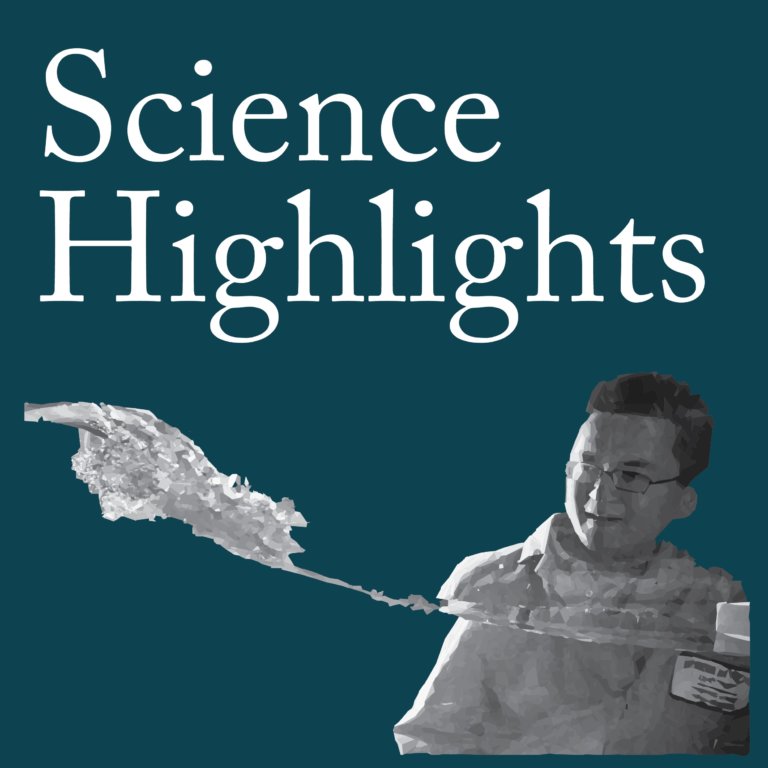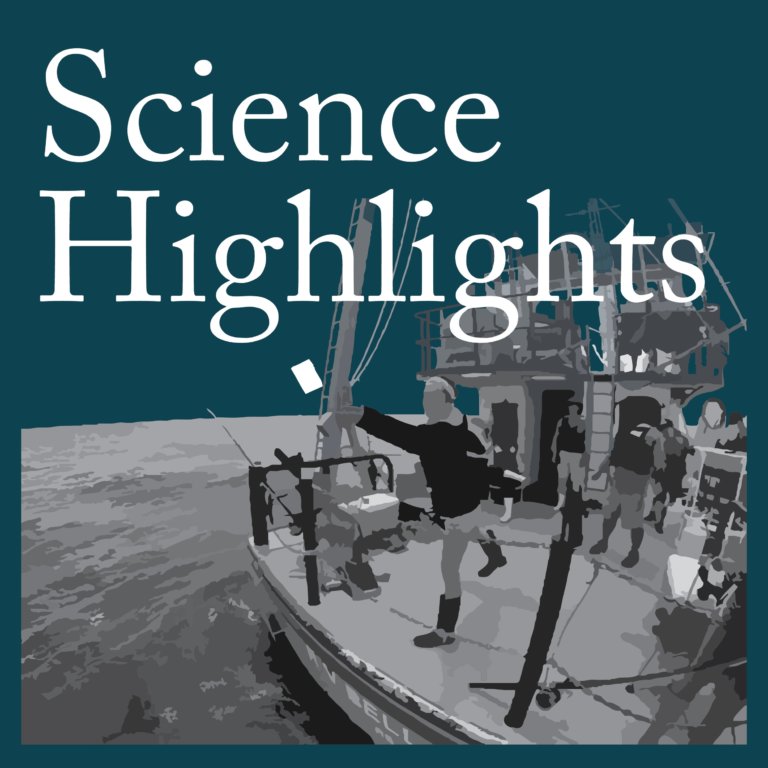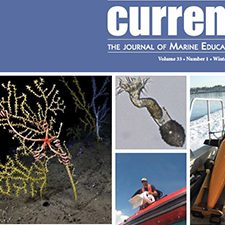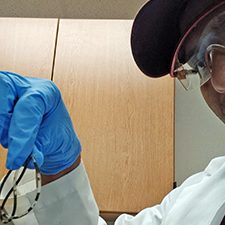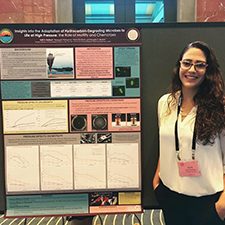Study Finds Dispersed Oil, But Not Oil Alone, Negatively Affects Phytoplankton
Scientists conducted mesocosm experiments to examine how oil and chemically-dispersed oil affect Gulf of Mexico phytoplankton. Exposure to oil alone did not impair phytoplankton growth or their photosynthesis ability, nor did it significantly change the community’s diversity.

